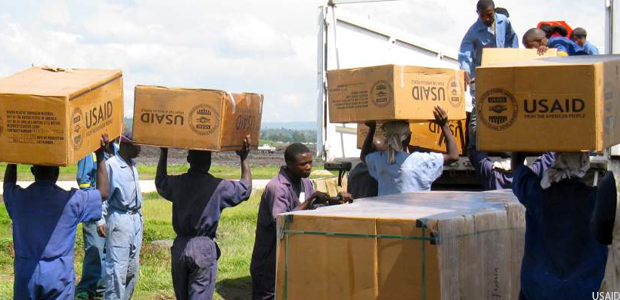Foreign aid donors face many decisions about how they should disburse aid, and must be able to justify these choices to their constituents. Among the choices that donors must make is whether to allocate via bilateral versus multilateral channels. Bilateral aid is distributed directly from donor countries to recipient countries, or to multilateral organizations with donor-imposed restrictions on its use. Multilateral aid is distributed by bilateral donors to multilateral organizations without any use restrictions, and is then disbursed by those multilateral organizations, such as the World Bank and the various United Nations agencies. According to the OECD, about 30 percent of aid is typically disbursed multilaterally.
A 2016 report by the Overseas Development Institute (ODI) examines the evidence related to six “claims” comparing multilateral and bilateral channels which might influence donors’ aid allocation decisions. The author finds strong evidence that bilateral channels are more politicized than multilateral channels (but notes that multilateral aid flows are also politicized), that aid recipients prefer multilateral to bilateral channels, and that aid dispersed via multilateral channels is often less fragmented than via bilateral channels (though conceding that fragmentation is not always negative). The ODI report further cites moderate evidence that multilateral channels are more selective than bilateral ones and that multilateral channels are better suppliers of global public goods, but finds weak support for the claim that multilateral channels are more efficient than bilateral channels, observing evidence of lower administrative costs for bilateral aid.
The author suggests that donors use bilateral channels to achieve goals of control, accountability, and visibility around aid, and use multilateral channels when striving to pool resources and advance a common global cause. She argues that “multi-bilateral” aid – which is voluntarily provided to multilateral organizations but is earmarked for specific purposes – may provide an opportunity to exploit the advantages of both channels.

Photo Credit: GCN Magazine
Is Multilateral or Bilateral Aid More Effective at Supporting Development Outcomes?
A recent paper by EPAR Research and Strategic Initiatives Manager Pierre Biscaye and Principal Investigators Travis Reynolds and Leigh Anderson published in the Review of Development Economics has a slightly different focus than the ODI report. The paper, building on previous EPAR research, reviews arguments in the literature on comparative advantages of the two aid channels, and analyzes the published evidence of the relative effectiveness of bilateral and multilateral aid on development outcomes.
We identify eight key attributes of aid channels for attracting development funding and cost-effectiveness in achieving development outcomes. Multilateral aid is hypothesized to have advantages in supporting development outcomes as a result of its development orientation, conditionality of aid on development-supportive reforms, legitimacy to recipients, and specialization and expertise. Bilateral aid is hypothesized to have advantages due to its strategic orientation, accountability, and institutional compatibility between donor countries and recipients, which are often former colonies. While multilateral aid is less fragmented, we note that bilateral aid may minimize overall transaction costs, a result mirrored in the findings of the ODI report.
To assess the evidence on which aid channel is best suited to support development outcomes, we review 45 papers that empirically test the associations between bilateral and multilateral aid flows and various outcomes including gross domestic product growth, governance indicators, human development indicators and levels of non-aid investment flows. Findings suggest that differences between countries and regions, time periods, aid objectives, and individual donor organizations all may influence the effectiveness of aid delivered bilaterally and multilaterally. We find, however, no consistent evidence that either bilateral or multilateral aid is more effective overall.
Our paper reviews findings for total aid delivered bilaterally and multilaterally, thus likely masking variations in effectiveness among donors, and a few studies demonstrate differences in effectiveness for particular donors. Donor countries pursing specific development goals may therefore consider whether particular multilateral organizations have demonstrated a greater level of effectiveness in achieving those goals in similar contexts, in addition to considering the factors outlined in the ODI paper. Also, while none of the reviewed studies separately report impacts of multi-bilateral aid, future research may evaluate whether the proposed advantages of aid provided in this way as suggested in the ODI report result in stronger effects of multi-bilateral aid on development outcomes.
By Pierre Biscaye
Summarizing original EPAR research by Pierre Biscaye, Travis Reynolds, Leigh Anderson, and Katie Panhorst Harris